You don’t need to choose sides. In 2025, SEO + AEO is one stack for search. You build content for SEO, then shape answers for AEO. Simple idea, big win. AI pulls the useful parts fast. Think “Northern Lights in Abisko” or “best Shopify apps”—the search wants a clean, short content answer first, then depth. SEO keeps trust; AEO gets picked. AI loves structure. One hard fact to watch: featured snippets often grab ~8–10% of clicks (as of Oct 2025; may change). Tools? Google, Bing, Perplexity, ChatGPT help you see gaps; you fix them with tighter SEO, smarter AEO, and sharper content for AI and search.
SEO Vs. AEO At A Glance
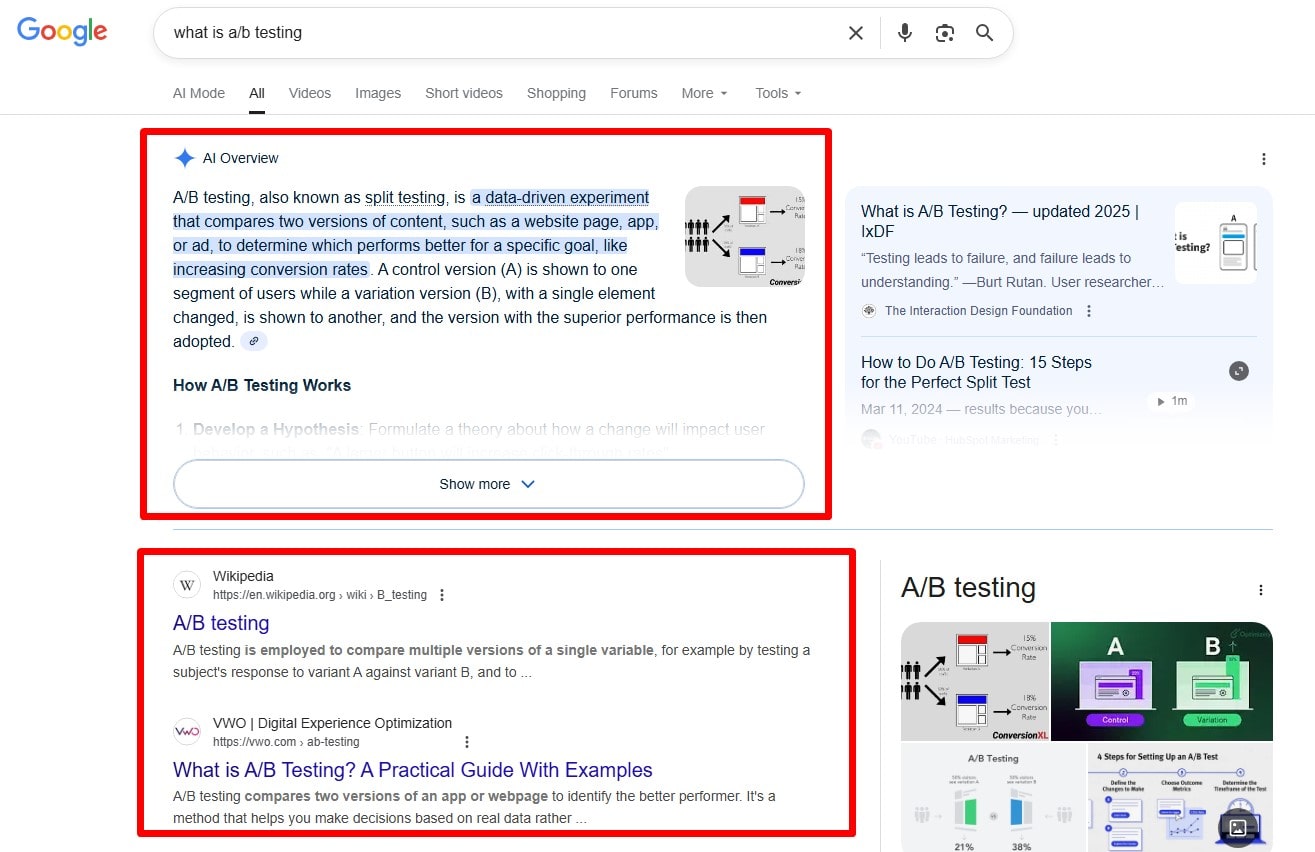
Core Goals & Surfaces
You want SEO and AEO to work as one team. SEO pushes pages to SERPs and earns organic clicks. AEO makes fast answers for AI Overviews, voice results, and chat UIs (ChatGPT, Perplexity). When AI shows a summary, clicks can drop for position #1 by about 34.5% (Apr 2025, may change). So you use SEO for durable search reach and you add AEO to keep your content visible inside AI results. Counter-example: long buying guides still win with SEO because users want detail and comparisons before a purchase. Zero-click growth also pushes this blend (U.S. zero-click ~27.2% in Mar 2025).
Formats & Outputs
SEO: long-form content, topic hubs, internal links, full search intent.
AEO: FAQs, short answers (35–60 words), bullet lists, clean schema for AI.
- Goal → Format → KPI
- Rank & traffic (SEO) → Pillar page + hub → Organic clicks, conversions
- Be cited in AI (AEO) → FAQ/snippet/definition → AI-overview presence, featured-snippet share
Voice search keeps rising as a habit (around 20% of people use voice in 2025; may vary by region). Use tools from Google and Bing for audits, Plerdy SEO Analyzer to fix on-page gaps, and Plerdy UX & Usability Testing (AI prediction heat map & scroll depth) to shape skimmable content that AI can extract for search and AEO.
When To Use SEO, When To Use AEO (Decision Triggers)
Query Shape & Intent
Every search starts with intent — and it’s not always the same. If the query sounds conversational (“How does AI improve website UX?”), that’s a clear AEO signal. But if someone types a commercial search (“best SEO tools for agencies”), they still want classic SEO-style content: reviews, links, and comparisons.
Now, use this small checklist — if 3 or more match, go AEO; otherwise, stay SEO:
- The query starts with “how,” “what,” or “why.”
- The user expects one quick AI answer, not a 2000-word guide.
- It’s voice-driven or mobile (spoken language).
- The answer fits into one snippet.
- You can back it with data or schema.
- There’s no strong buying intent yet.
Device & Context
Voice and mobile search push AEO forward. Around 58% of global searches now happen on phones (StatCounter, May 2025). AI assistants — Siri, Gemini, Alexa — dominate quick queries. Meanwhile, desktop still rules for long-form content, where SEO shines through detailed pages, charts, and backlinks. Think of AEO as your fast lane and SEO as your highway — both take you somewhere, just different speeds.
Funnel Fit
At the top of the funnel (awareness), AEO grabs attention fast — people want answers, not essays. Mid to bottom stages? SEO keeps trust and depth through guides, case studies, or landing pages. Example: in eCommerce, “What size snowboard for 180 cm?” works better with AEO; “Buy Burton snowboard 2025 model” demands strong SEO content with CTAs.
How SEO And AEO Work Together (Stack, Not Switch)
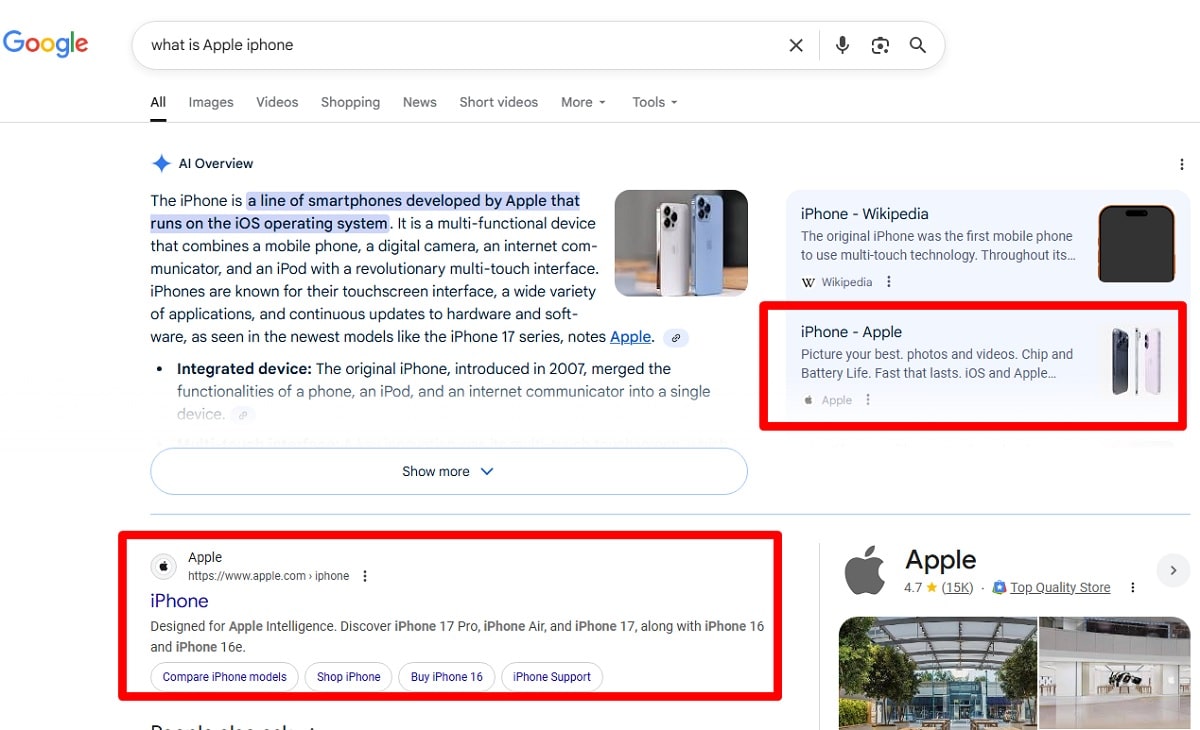
Source-Of-Truth Pillars
You start with one strong SEO pillar: deep content, expert tone, clean facts. This is your “source of truth.” Refresh it on a cadence (monthly or quarterly) so search crawlers and AI models see it’s alive. Add author, date, and references for E-E-A-T. Then branch small AEO pages from this pillar. Those smaller answers stay consistent with the pillar, not fight it. Result: SEO keeps durable rankings; AEO gets quick surfaces in search and chat.
Answer Blocks & Snippets
Now you cut extractive answers from the pillar: 35–60 words, plain language, no fluff. Use FAQPage schema because AI engines and search features read Q&A clean. Add lists, short definitions, tiny tables when helpful.
- Do: lead with the answer; add one number or fact; track snippet length.
- Do: place the question in H3; keep content scannable; validate schema.
- Do: show tool names (Google, Bing, Plerdy) where relevant.
- Don’t: bury the answer under intro; stack buzzwords; change the claim from pillar.
- Don’t: over-stuff anchors; repeat the same AI phrase; spam Q&A.
- Don’t: forget units, dates, or sources when needed.
Linking & Canonicals
Point every AEO snippet back to the SEO pillar with one precise anchor that matches the heading. Use rel=canonical on near-duplicate content so crawlers and AI don’t split signals. Non-obvious rule: add a short “see also” sibling-to-sibling link (AEO → AEO) only when the intent changes, to keep the topic graph tight. Map internal links from answers to glossary terms, and from glossary back to the pillar. This keeps search context intact and helps AI connect entities across your site.
Content Formats That Win AI Answers
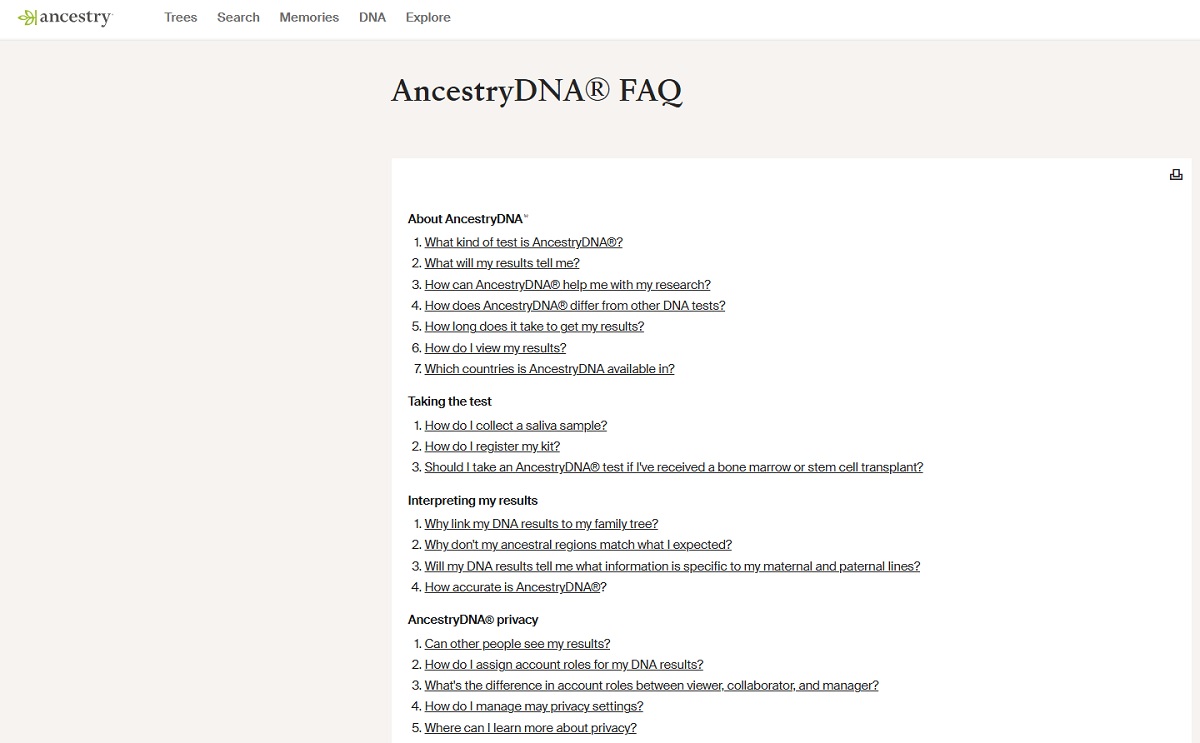
FAQs, PAA, And Definitions
You aim for snippable content that AI can grab in one breath. Write the answer in 35–60 words, then add a tiny expansion (1–2 lines) for search skimmers. For SEO, keep the question in an H3 and repeat the core term once. Definition format works great for “what is” and “how to” AEO pulls. Add one small data point (e.g., “free tier up to 5 projects”) when true and current.
Steps, Tables, And Comparisons
Numbered steps tell AI and search the exact order. Use 3–7 steps, each a short verb-first sentence. Tables help SEO and AEO together: 2–3 columns, 3–5 rows, clean headers, no fluff. Comparison blocks should open with a 35–60 word summary, then a compact row: feature → value → note. Keep content scannable; no walls of text.
Tooling That Speeds Authoring
You don’t need a huge stack—just tools that keep content, SEO, AEO, and search tight and fast. My go-to set:
- Plerdy SEO Analyzer (Chrome Extension) — on-page audits while you draft, headers/meta/schema checks.
- Plerdy UX & Usability Testing (Chrome Extension) — AI Prediction Heat Map And Scroll Depth — find above-the-fold priorities and skimmable zones.
- Google Search Console — query intent and FAQ impressions.
- Bing Webmaster Tools — extra crawl signals and index view.
- ChatGPT / Gemini / Perplexity — sanity test if AI extracts your answer block cleanly.
Keep content short, factual, and structured—then both SEO and AEO do the job.
Technical Signals And Structured Data For Answer Engines
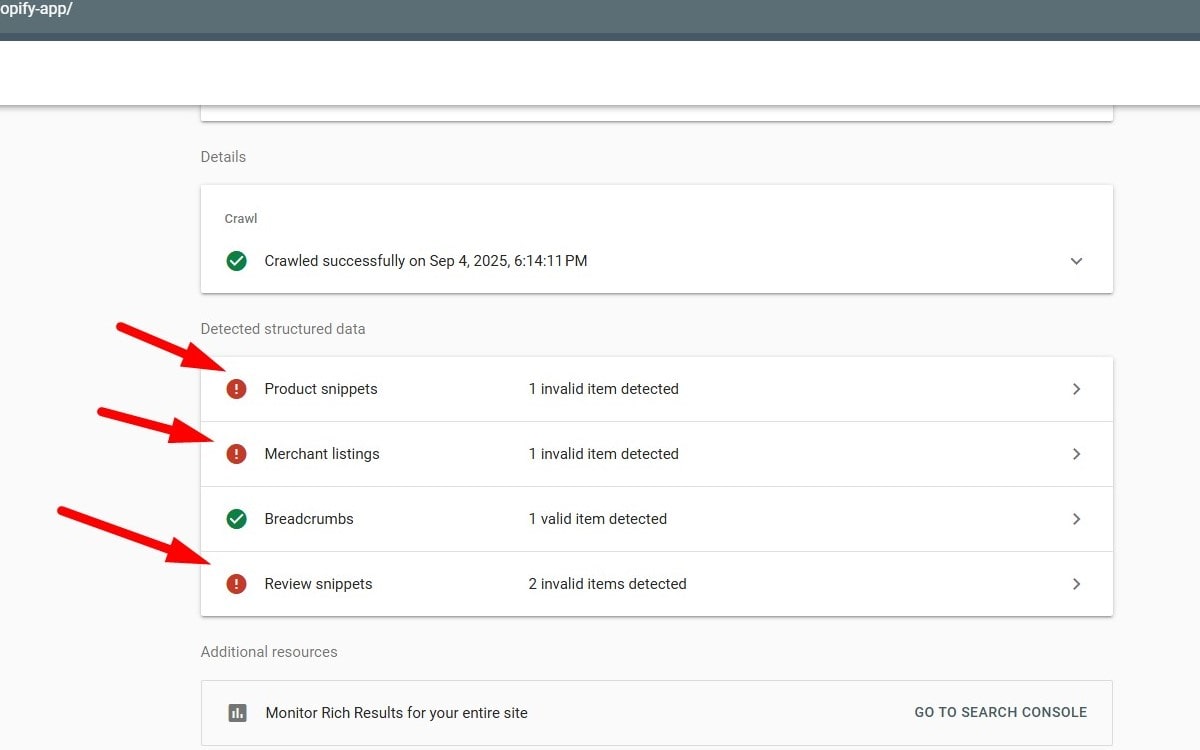
Schema & Structured Data
To win both SEO and AEO, your content must talk in schema language. Add structured data so search engines and AI systems read your site without guessing. Use FAQPage, HowTo, Product, and Organization markup to give AEO and SEO the same truth. Validate every property with Google’s Rich Results Test or Schema Markup Validator — success means zero errors and full eligibility for rich search results.
Implementation checklist:
- Add proper FAQPage, HowTo, Product, and Organization schema to all main SEO content pages.
- Keep JSON-LD close to your visible content.
- Match headings and text between content and schema blocks.
- Include author, date, and canonical tags for AI trust.
- Validate through both Google and Bing search tools.
- Re-run validation when your content or URLs change.
Speed, INP/LCP, And Mobile
Performance still defines SEO and AEO visibility in search and AI results. Keep LCP ≤ 2.5s and INP < 200ms (Core Web Vitals, Oct 2025). Fast content improves crawl and AI extraction. Optimize mobile first—compress images, preload fonts, reduce blocking scripts, and cache aggressively. A quick site boosts AI scanning and keeps your SEO ranking stable across devices.
Crawl Controls For LLMs
Help crawlers and AI models find and read your content easily. Submit XML sitemaps (max 50 MB or 50 000 URLs) and refresh them after big SEO updates. Don’t block key pages in robots.txt, or search and AEO tools will ignore them. Add RSS or Atom feeds for faster AI indexing and structured discovery. Clean technical signals help SEO, AEO, and AI search engines connect your content properly.
Measurement: KPIs For SEO Vs. AEO
Classic SEO KPIs
For SEO, you track the boring-but-money metrics. Start with rankings in search for priority clusters, then watch organic sessions and CTR. Tie content to goal events: leads, sales, demo requests. Use Google Search Console and Bing Webmaster Tools to confirm where AI results sit near your search snippets. Add view of internal links so content depth supports conversion. Two runs per week is enough; monthly roll-up tells the truth.
AEO Visibility Signals
For AEO, measure presence where AI answers live. Track featured-snippet share, FAQ impressions, and AI overview mentions in search logs. Log brand mentions inside chat UIs (ChatGPT, Gemini, Perplexity) and note when their answers cite your content. Keep a tiny field for snippet length (35–60 words) and whether the AEO block contains one number or unit. Do this weekly; trends get real by month two.
Bridging Metrics
Here you prove SEO and AEO work together across search, content, and AI. Beware attribution noise from multi-touch paths. Use thresholds to stay sane (e.g., snippet share >25% for the target cluster before scaling). Scorecard (update weekly; summarize monthly):
- Assisted conversions from SEO/AEO pages
- “View-through” lift on direct/brand traffic
- Support deflection from FAQ content
- Featured-snippet share per cluster
- AI-overview mentions that cite your page
- Time to first answer block (days)
- Pillar → snippet internal-link CTR
Workflow: From Query To Answer Block
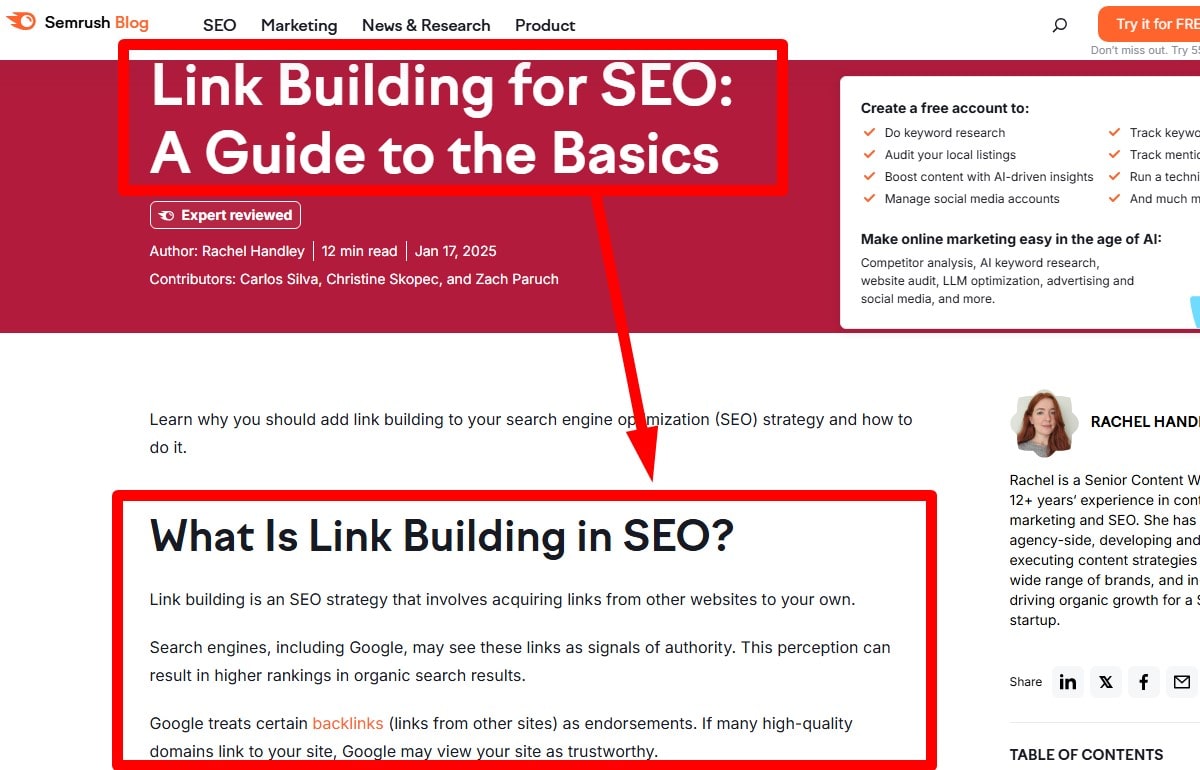
Collect Questions
Start from real search. Pull queries from SERP, Reddit threads, TikTok comments, and your support tickets. Grab wording where users scream the need. Add two raw quotes inside the brief: “I just want the price in plain words” and “Tell me if this works on Shopify.” Map each to SEO goals and AEO answers. Now you see which content must exist, and where AI will extract it.
Draft → Distill → Mark Up
Write long, then cut short—this is the content surgery that makes AEO win while SEO still ranks in search.
- Research in Google/Bing; confirm gaps in Search Console.
- Draft pillar (SEO) with sources.
- Distill 35–60-word answer (AEO).
- Add one small datum (%, date, unit).
- Mark up with FAQPage/HowTo.
- Validate schema; 0 errors.
- Run Plerdy SEO Analyzer + Plerdy UX & Usability Testing.
- Sanity test extraction in AI (ChatGPT, Gemini, Perplexity).
Acceptance: two customer quotes present; no boilerplate intro/outro; internal link to pillar.
QA & Release
Read aloud. If it sounds robotic, fix tone. Check content units, dates, and claims; no hallucinations, no fuzzy math. Test on mobile; ensure search snippet still makes sense without images. Ship, then monitor SEO clicks and AEO snippet presence. Update when queries shift or AI stops citing the page.
Risks, Ethics, And “Anti-Traps” Before Release
Zero-Click Reality & Cannibalization
Some search results give the full answer on-page. Cool… until your content stops earning clicks. Allow zero-click when the AEO answer moves the sale or reduces support. Push clicks when SEO pages carry pricing, demos, or legal detail. My working thresholds: if the AI box drives brand queries +10% and support emails −15% (28-day window), zero-click is fine.
Scenario checklist (go AEO zero-click if 3+ true):
- The content answer fully solves a quick task.
- You still capture branded search visits after exposure.
- The SEO page is only reference, not conversion.
- The AI summary cites your domain or product.
- Post-exposure users complete a micro-goal (FAQ view, size chart, CTA hover).
E-E-A-T And Safety
Ship content you can stand behind. Add author, date, method. For SEO, cite primary sources; for AEO, keep the 35–60-word answer precise and neutral. Avoid medical or financial prescriptions without qualified review. State boundaries: “This is not medical, legal, or tax advice.” If AI paraphrase changes meaning, roll back and correct in the search snippet and the page.
Ethical A/B Tests & Checklists
Test to help users, not trap them. No dark timers, no hidden fees. Cap harm before you start.
Ethical A/B mini-protocol:
- Obtain consent where data changes are material.
- Set a stop rule: bounce ↑25% or complaint rate ↑0.3 pp = stop.
- Check fairness across segments (new vs returning).
- Post-test review: keep wins that improve content, SEO, AEO, and AI clarity.
Trends Through 2026: GEO/GSO, Voice, And Agents
Where Answers Are Headed
You will see AI agents turn search into tasks, not pages. Small agents read your content, call tools, and finish work (refund, booking, spec check) inside ChatGPT, Gemini, or Perplexity. GEO/GSO grows because structured feeds tell AI what is fresh and safe. AEO still matters, but richer content (tables, steps, FAQs) feeds the agent brain. SEO keeps authority through entities and links. Prediction (confidence: medium): by Q4-2026, 30–40% of branded search impressions include an AI answer surface—depends on Google’s AI Overviews rollout and citation rules.
What To Prepare Now
Package content for AI and search at once. Keep SEO entities clean (brand, products, authors). Ship feeds for AEO/GEO: sitemaps, FAQPage, HowTo. Maintain data hygiene so agents do not hallucinate your offers. Use Plerdy SEO Analyzer and Plerdy UX & Usability Testing to shape skimmable content that agents can extract fast.
- Q4-2025: Map entities; fix Organization/Product schema.
- Q1-2026: Ship FAQPage + HowTo clusters (10+ pages).
- Q2-2026: Add task snippets (35–60 words) per topic.
- Q3-2026: Publish CSV/JSON feeds for specs/pricing.
- Q4-2026: Measure AI-answer share; raise to ≥25%.
- Q4-2026+: Agent tests in support flows; guardrails on.
Conclusion
You don’t need to pick a side. SEO and AEO work as one stack. SEO builds durable content for search and trust; AEO turns that content into fast answers for AI and search. Simple plan, strong result. Here’s the move: ship one SEO pillar, create five AEO answer blocks (35–60 words each), and add schema to all. Do it in two weeks—by November 3, 2025. Then review AI surfaces, check search snippets, and tune the content. If it feels messy—good. Real work beats theory. Go ship; then we measure and push again.
FAQ — SEO vs AEO
Is AEO Replacing SEO?
No. AEO and SEO work together. SEO builds long-term search visibility with content and backlinks, while AEO helps AI show short, precise answers fast. If the query needs depth, SEO wins. If it needs clarity now, AEO leads.
How Long Should An Answer Block Be?
Keep your content answer between 35–60 words. Start with a direct statement, then add one data point or example. This makes it easy for AI to extract and still helpful for search users. Longer explanations belong on SEO pages.
Can AEO Work Without Schema?
Sometimes, but it’s not ideal. Adding FAQPage or HowTo markup helps AI and search engines understand your structure. The content stays the same, but AEO gets cleaner signals. Use tools such as Plerdy SEO Analyzer or Google’s Rich Results Test to verify before publishing.
What Should I Track To Prove It Works?
Track search snippets, featured-snippet share, and FAQ impressions. Measure SEO conversions on your pillar content and AEO answer reach in AI results. When snippet share goes above 25% for a topic, scale that setup across other SEO pages.
